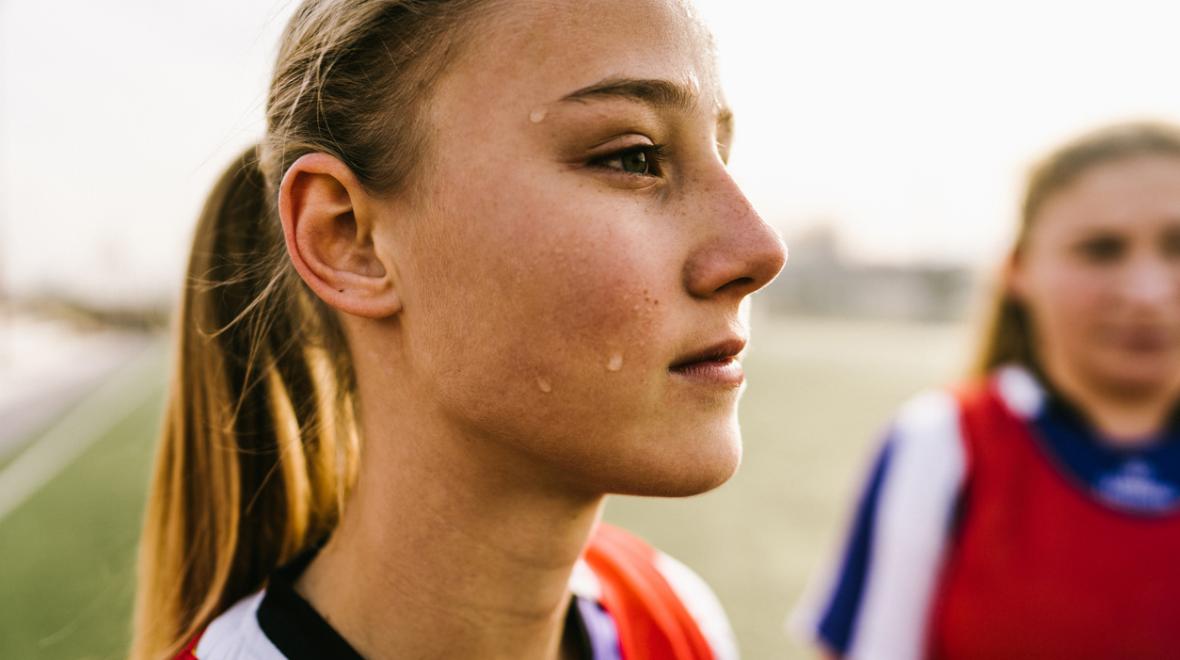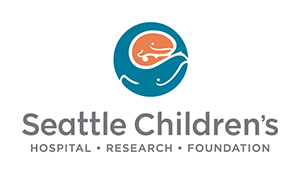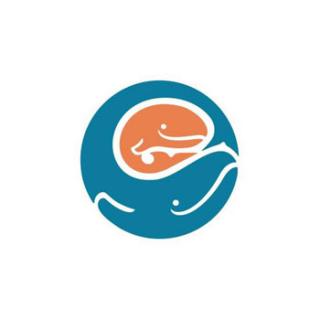
On Dec. 26, 2018, 18-year-old Hannah Nash, an avid basketball player, was hit in the head while at basketball practice. She initially felt a sharp pain and her head felt foggy. She recalled leaving practice abruptly. The next day, she played in a game, but she didn’t feel like herself.
“I played terribly,” says Nash. “I was just off.”
She went to her pediatrician, and her symptoms were treated like a concussion. She was told to rest. On Jan. 3, 2018, she fainted in her kitchen and hit her head again.
Every year, an estimated 1.1 to 1.9 million youths suffer a sports-related concussion. Common post-concussion symptoms include headache, fatigue, irritability, dizziness and poor academic performance. Depression and anxiety are also commonly reported and have been shown to be associated with prolonged recovery from concussion. For most individuals, symptoms resolve within days or weeks of a concussion, but for some kids like Nash, that isn’t always the case. For adolescents who experience persistent post-concussive symptoms (PPCS), the burden on their families, academic achievement and other areas of life can be enormous.
This excerpted post was originally published on the Seattle Children's On the Pulse blog.
Sports-related concussions account for nearly 15 percent of all injuries in high school athletes, according to The American Journal of Sports Medicine. While most individuals recover within 30 days, a subset of 20 to 30 percent experience symptoms that last longer. These prolonged symptoms are called PPCS. Despite so many youths experiencing PPCS, there isn’t currently an evidence-based approach to guide treatment, which is what Dr. Cari McCarty, a researcher in the Center for Child Health, Behavior and Development at Seattle Children’s Research Institute, hopes to do.
In 2016, McCarty published a study in the journal Pediatrics showing the effectiveness of a novel approach in the treatment of concussions. The approach combined cognitive behavioral therapy (CBT) and coordinated care among providers, schools, patients and families.
“Historically, there has been a large focus on the physical symptoms when treating youths who have suffered a concussion,” says McCarty. “We wanted to also address the mental health concerns through behavioral techniques as well. Working solely with a sports medicine physician is a more traditional approach to treatment. Our approach is novel.”
Today, a new study published in JAMA Network Open builds upon that initial small pilot study and shows that collaborative care with cognitive behavioral therapy is a promising treatment to reduce concussion symptoms and improve functioning for those who have experienced PPCS.
A feeling of hopelessness
When Nash’s concussion symptoms failed to resolve, she felt a sense of hopelessness.
“It was an overwhelming feeling,” says Nash. “Basketball was in my life for so long, and all of a sudden it was taken away. I felt like I lost a little bit of myself.”
She couldn’t play basketball and going back to school felt nearly impossible. She fell into a deep depressive state.
It’s not abnormal to experience anxiety and depression after a concussion. For many, the impacts of PPCS exact an emotional toll.
Natalie Childress, 21, remembers vividly the day she suffered a concussion. According to her mother, Debbie Childress, she said her daughter can’t imagine not knowing that date.
“It changed her life,” she says.
She was playing soccer when she went up for a header and collided with another player. She wasn’t the same after, her mother said. For weeks, all she could do was sit on the couch. At school, where she normally excelled, she also faced challenges. “It was a nightmare,” she recalls.
“I couldn’t get past the moment immediately in front of me,” says Natalie. “It was so hard being at school. It wasn’t like I had a broken arm with a cast. I had a brain injury, and no one could see it.”
Her classmates didn’t know why she couldn’t just snap out of it, her mother recalls.
Not only was she dealing with the physical impacts of the concussion, but the emotional aspect was debilitating.
When they went to see Dr. Thomas Jinguji, a sports medicine physician at Seattle Children’s, he told them about the study.
Natalie was enrolled, and finally, they could see a glimmer of hope.
Benefits of collaborative care approach
The randomized controlled trial included 200 participants ages 11 to 18 who had experienced a concussion with three or more post-concussive symptoms persisting for at least a month or longer. Researchers at Seattle Children’s Research Institute and the University of Washington School of Medicine incorporated approaches to treatment, including CBT, and hypothesized that the collaborative care approach would not only improve concussion symptoms but would also improve other mental health components, including depression, anxiety, overall quality of life and school function. The trial measured participants’ symptoms at three, six and 12 months after enrollment.
Included in the collaborative care intervention were three components — care management, CBT and medication consultation. The intervention which included CBT and care management was delivered mostly through telehealth. Both Nash and Childress were enrolled in the CARE4PCS II Study.
Finding hope again
Debbie Childress said she will be forever grateful that her daughter had the opportunity to be enrolled in the study.
“I couldn’t have gotten through without that support and lifeline,” she says. “It gave us hope.”
Natalie Childress says she still suffers from some memory issues, but she was able to graduate as the valedictorian of her class and is now studying nursing at Baylor University.
“She’s always wanted to help other people,” her mother shares.
For Nash, her future is bright, too.
“The program helped my concussion, but more than that it gave me the tools to help me now and into the future,” says Nash. “I’m a much happier person now. I feel like there is more to life, and I can see a future. I’ve come a long way.”
Nash says she enjoyed the therapy aspect of the collaborative care approach. She notes that it gave her a safe space to have conversations and open up to her therapist. To others who are going through a concussion diagnosis, Nash says to take it one day at a time.
“Put yourself first and listen to your body,” she advises. “Most importantly, take your time. Heal not just your body but also [your] mental health.”
Today, Nash is studying engineering at the University of Washington.
A new way to approach concussion treatment
While there is no standard for concussion treatment currently, the study provides promising direction and guidance. While both of the groups in the trial showed improvement over time, the group that received collaborative care intervention showed fewer concussion symptoms over time and better quality of life. Furthermore, since the interventions were delivered through telehealth, the future of treatment also lends itself well to reach a broad range of youths, without geographic limitation.
“Having better tools in our arsenal to address the full gamut of needs for young people who suffer from PPCS is critical so that providers can treat this issue most effectively,” says McCarty.











